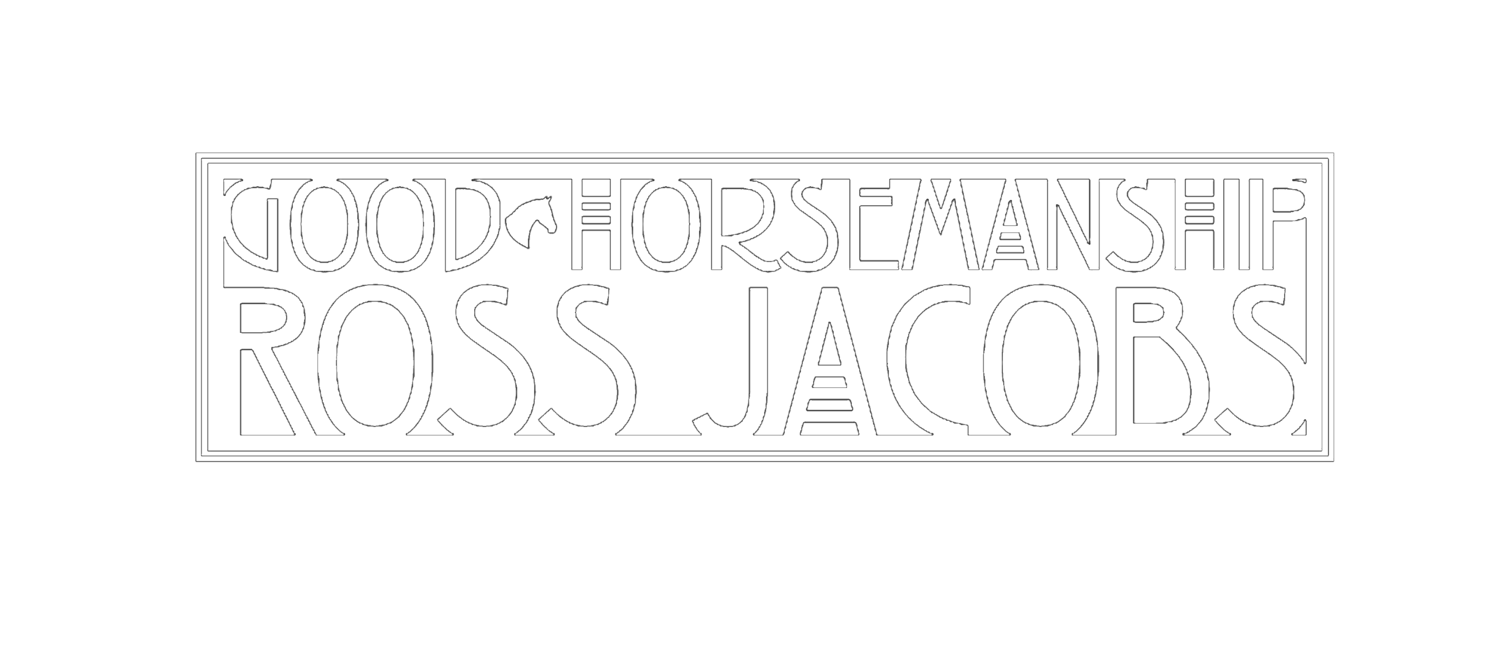There are as many ways to train a horse as there are human languages. Put a horse in an arena and ask two hundred trainers how to work it, and you’ll get two hundred varied responses.
The range of possible approaches include setting stringent boundaries and removing all choice from a horse. These types of approaches treat horses like unpaid slaves, removing any opportunity for a horse to make its own choice which is its best option. The outcome is a relationship based on pure subservience.
On the opposite end of the spectrum is training where boundaries are almost non-existent. The human fails to make it easy for a horse to choose the idea that we are trying to teach. The option for a horse to say ‘No’ is just as easy (or easier) as it is for it to say “Yes” or “I’ll try”.
Both scenarios are problematic. Both scenarios create emotional trouble for a horse.
Trainers who lean towards creating strict boundaries tend to prioritise obedience over willingness. They are less interested in how a horse feels about the work and more interested in how it performs the work.
The problem with this approach is that it relies on making a horse worried about doing the wrong thing. There is too much of “making the wrong thing hard”. Horses are stuck between a hard spot and a harder spot. While it does help create obedience in a horse, it also destroys a “try”. This approach often leads to either over-reactive responses or shutdown responses. When the law is laid down about boundaries, most horses go through a period of deep trouble that stifles a horse’s effort to do their best.
On the other hand, trainers who struggle to maintain clear boundaries focus more on not challenging a horse’s ideas with the intent of building a close friendship. There is a view by some that allowing a horse an equal opportunity to say “Yes” or “No” makes for a better relationship.
While we should strive to build a good relationship with our horse, being their co-equal partner won’t get us there. I talk about having a partnership with a horse. But I mean by this that we are the 51% partner, and our horse is the 49% partner. This is important because horses need clarity to find comfort. Horses need to learn to live in a world with humans. We need to have the final say; the boundaries must be clear. I can’t have my horse choose the “No” option the day I need to load it into a trailer for a visit to a vet clinic. I can’t have my horse say ‘No’ when we need to cross a stream to get home before dark. I can’t have my horse say ‘No’ to being caught the day the farrier is due. However, if I have done my job well, my horse does not feel the need to say "No" for these routine tasks.
Horses require clarity for them to find comfort. Therefore, it is important that in our training, the choices are clear to a horse. They choose an option because they believe it is the safest and most comfortable option. Having fuzzy boundaries can be a giant stress for a horse.
You may think this is extreme and doesn’t happen in real life, but I can tell you that I know of a few people who have a strong belief in the “equal partnership” principle and have created huge problems for their horses and themselves, despite the belief that they have a wonderful relationship with their horses.
Clearly, both scenarios of strict boundaries and no boundaries are deeply flawed. There is a middle ground that works better. Thankfully, most people train somewhere in the middle ground. Where the perfect middle ground lies may vary from horse to horse and even vary from person to person, depending on their personal beliefs, skills, and understanding.
But consider this. Given that neither are good options, which is worse (or better if you prefer) for a horse’s mental and emotional health? Training a horse with no boundaries and just hanging out, or training where there are strict boundaries and harsh methods and equipment? Is it better to present clear, yet strict boundaries or fuzzy, weak boundaries? What do you think?
The middle ground. I’m explaining to the horse the plan as clearly as I can.

